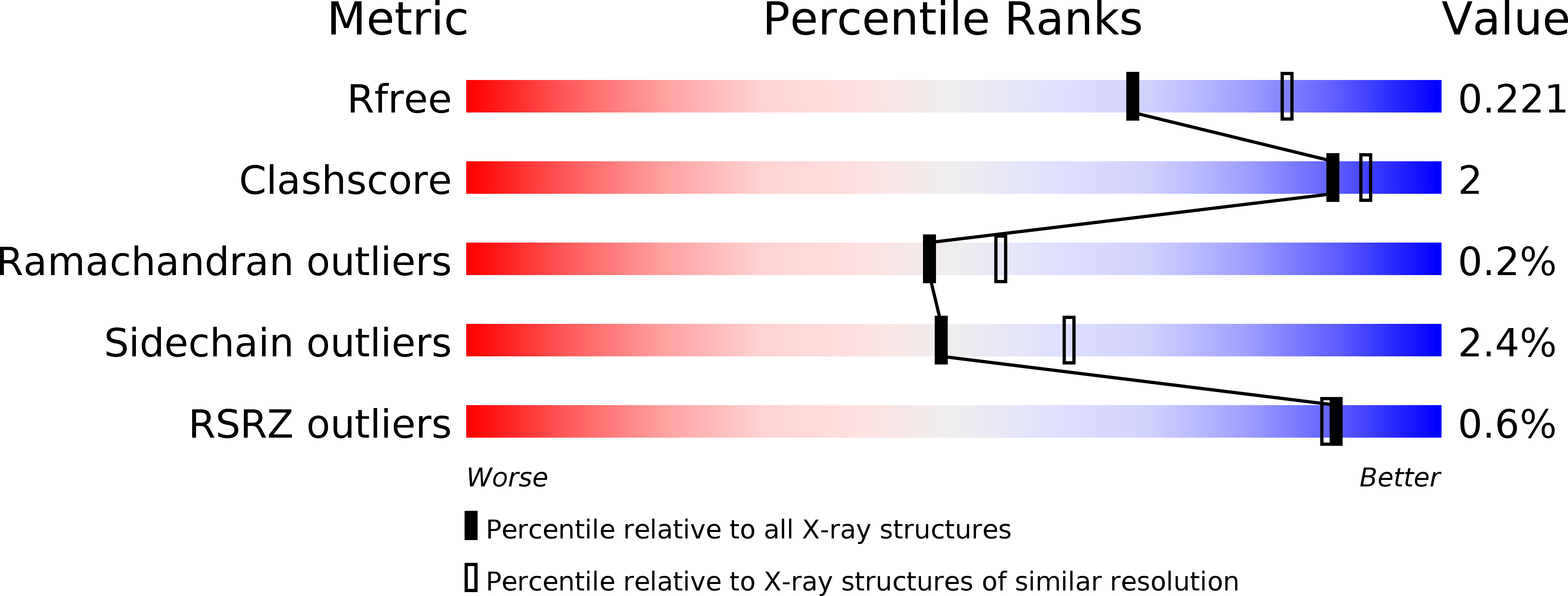
Deposition Date
2016-09-02
Release Date
2017-01-11
Last Version Date
2024-11-06
Entry Detail
PDB ID:
5T78
Keywords:
Title:
Crystal structure of therapeutic mAB AR20.5 in complex with MUC1 peptide
Biological Source:
Source Organism:
Mus musculus (Taxon ID: 10090)
Homo sapiens (Taxon ID: 9606)
Homo sapiens (Taxon ID: 9606)
Host Organism:
Method Details:
Experimental Method:
Resolution:
2.20 Å
R-Value Free:
0.22
R-Value Work:
0.19
R-Value Observed:
0.19
Space Group:
C 2 2 21


